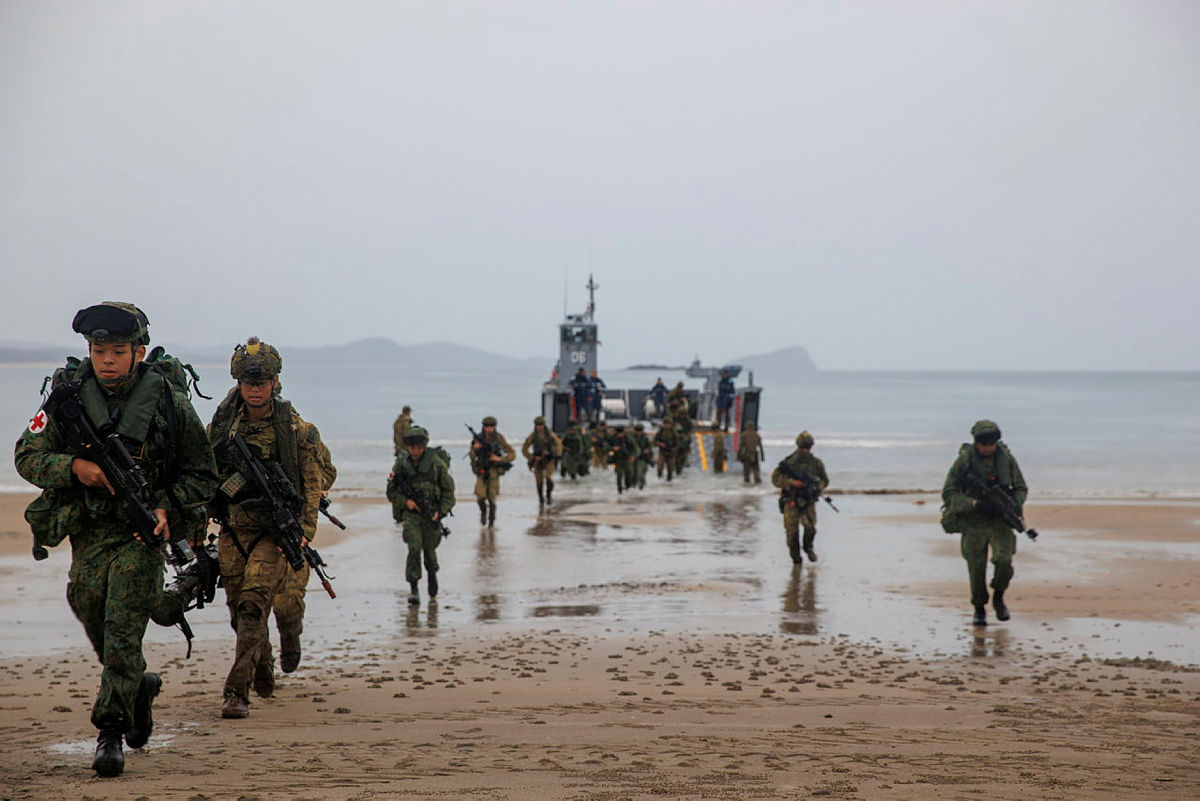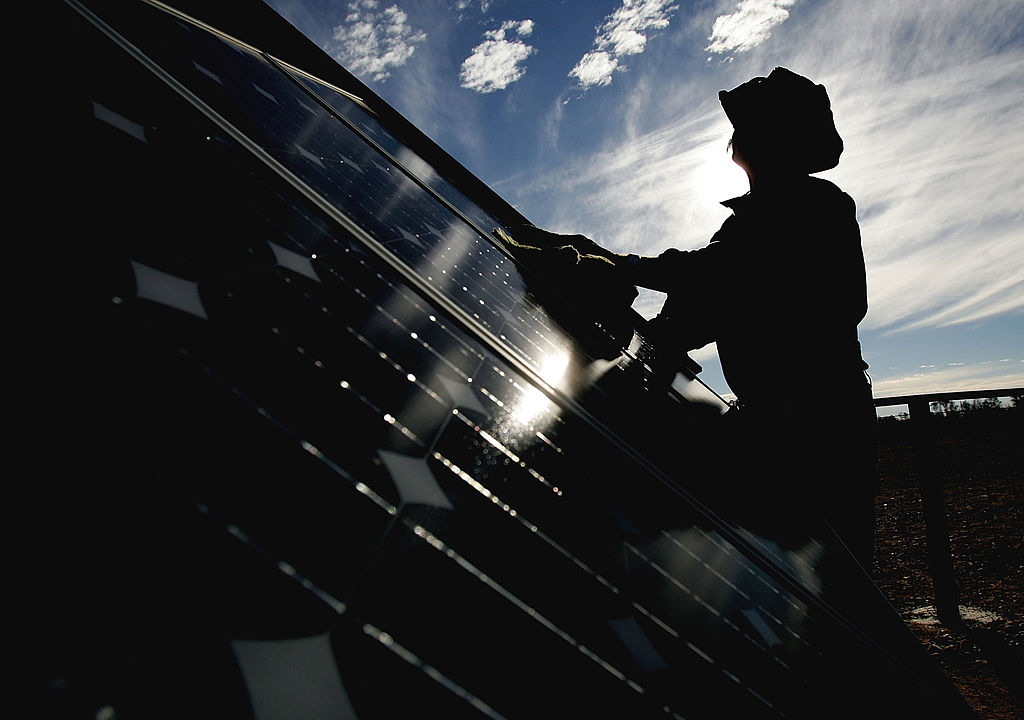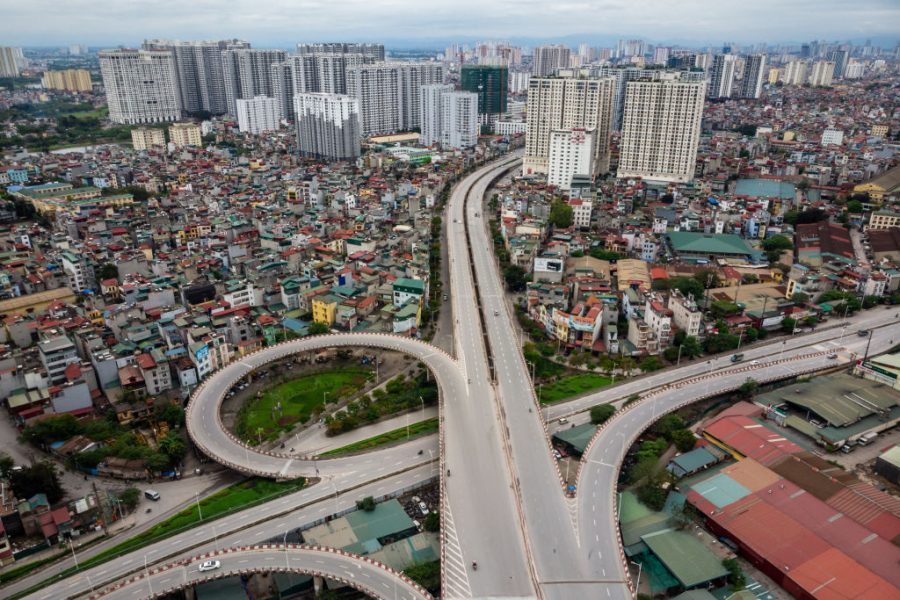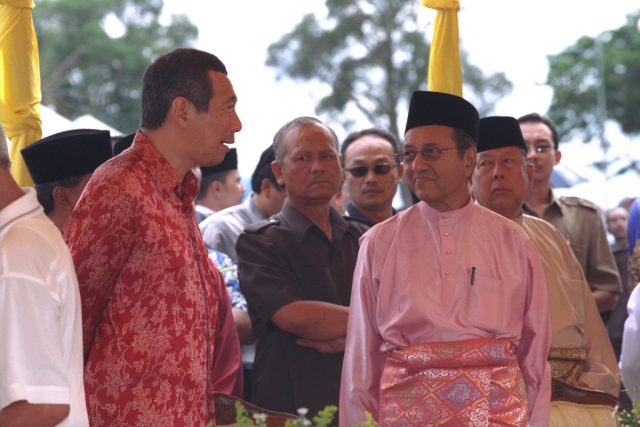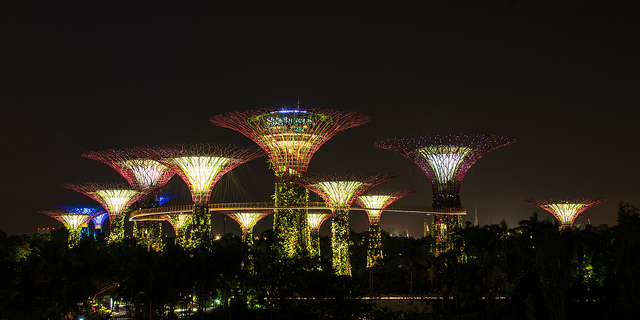Southeast Asia faces AI influence on elections

Artificial intelligence is becoming commonplace in electoral campaigns and politics across Southeast Asia, but the region is struggling to regulate it.
Indonesia’s 2024 general election exposed actual harms of AI-driven politics and overhyped concerns that distracted from its real dangers. As the Philippines and Singapore head to the polls in 2025, they can draw lessons from Indonesia’s experience, while tailoring insights for their electoral landscapes.
While deepfakes dominated concerns in last year’s elections, a quieter threat loomed: unregulated AI-driven microtargeting. These covert and custom messages are delivered at scale via private channels or dark posts—targeted advertisements that don’t appear on the publisher’s page, making them difficult to track. This isolates recipients, making verification trickier. The risk is even greater in Southeast Asia, where fake news thrives amid low media literacy rates.
AI in Indonesia’s general election was more commonly used for image polishing and rebranding than attacking opponents, though some attacks occurred. Prabowo Subianto, a retired military general known for his fiery nationalism, rebranded himself as a cuddly grandfather to soften his strongman image. This redirected the focus from substantial issues, such as corruption and economic challenges, to superficial narratives, including his cheerful dances.
Darker deepfakes also emerged, such as an audio clip of then presidential candidate Anies Baswedan being scolded by the chair of the National Democrat Party, Surya Paloh. A video of late President Suharto endorsing the Golkar party also went viral. This was controversial given Suharto’s dictatorship and violent record.
Microtargeting in Indonesia also notably focused on young voters instead of racial segments. Prabowo’s rebranding resonated with youth—usually first time voters who lacked political maturity. This demographic emerged as an important voter segment, comprising about 60 percent of the total electorate in Indonesia’s 2024 general election.
The situation emphasises a need for intentional regulations. Currently, the Indonesian Electronic Information and Transactions and Personal Data Protection laws address electronic content, including deepfakes, but lack election-specific AI guidelines. The General Election Committee could have helped, but it earlier declared AI regulation beyond its jurisdiction. Instead, Indonesia’s Constitutional Court now prohibits AI for political campaigning.
Indonesia’s experience offers valuable lessons for its close neighbours. In May 2025, the Philippines will hold mid-term elections, and Singapore will have a general election this year too. Both nations are enforcing some rules but their approaches differ to Indonesia’s.
Given the Philippines’ complex experience enforcing technology-related bans (some effective, others not so much), simply prohibiting AI during elections may not be ideal. Instead, the Commission on Elections is taking the transparency route, requiring candidates to register their digital campaign platforms—including social media accounts, websites and blogs—or face penalties. While the use of deepfakes is prohibited, AI is permitted with disclosure.
Singapore has previously implemented measures that ensure comprehensive coverage. For instance, its Elections Bill complements its legislation on falsehoods by barring AI-generated deepfakes targeting candidates. However, the proposed legislation applies only during the official election period and excludes private conversations, potentially leaving gaps for disinformation outside election season, microtargeting through private messaging and deepfakes of influential non-candidates. Such vulnerabilities have already been observed in Indonesia.
These cases also highlight Southeast Asia’s uneven regulatory readiness. Tackling AI risks demands a stronger stance, more binding than a guide or roadmap, bolstered by a whole of society collaboration to address complex challenges.
An article in Time argued the effect of AI on elections in 2024 was underwhelming, pointing to the quality—or lack thereof—of viral deepfakes. But Indonesia’s case suggests that power may lie not just in persuasiveness but also in appeal. Prabowo’s camp successfully used AI-generated figures to polish his image and distract people from real problems.
To dismiss the effect of AI is to miss the normalisation of unregulated AI-powered microtargeting. Last year revealed AI’s capability to target vulnerable yet sizable populations such as the youth in Indonesia, potentially beyond election cycles.
Blanket bans are an easy cop-out and may just encourage covert uses of AI. With choices available, people can simply use other companies. When OpenAI banned its use for political campaigning and generating images of real people, Prabowo turned to Midjourney, an AI image generator.
An alternative solution is to ensure transparent and responsible AI use in elections. This requires engaging those with contextual knowledge of the electorate—academics, industry leaders, the media, watchdogs and even voters themselves—alongside policymakers such as electoral commissions and national AI oversight bodies. But a key challenge remains: some Southeast Asian countries still lack dedicated AI regulatory bodies, or even AI strategies.
In the development of such bodies and strategies, public participation in AI policy consultations could ensure electorate concerns are heard. For instance, Malaysia’s National AI Office recently opened a call for experts and community representatives to help shape the country’s AI landscape. International organisations may also contribute through capacity building and stakeholder engagement, fostering relevant AI policies and regulations.
Certainly, further studies are needed for tailored AI governance for specific societies. But overall, adaptive and anticipatory regulation that evolves as technology advances will help mitigate AI-related risks in Southeast Asian elections and beyond.

